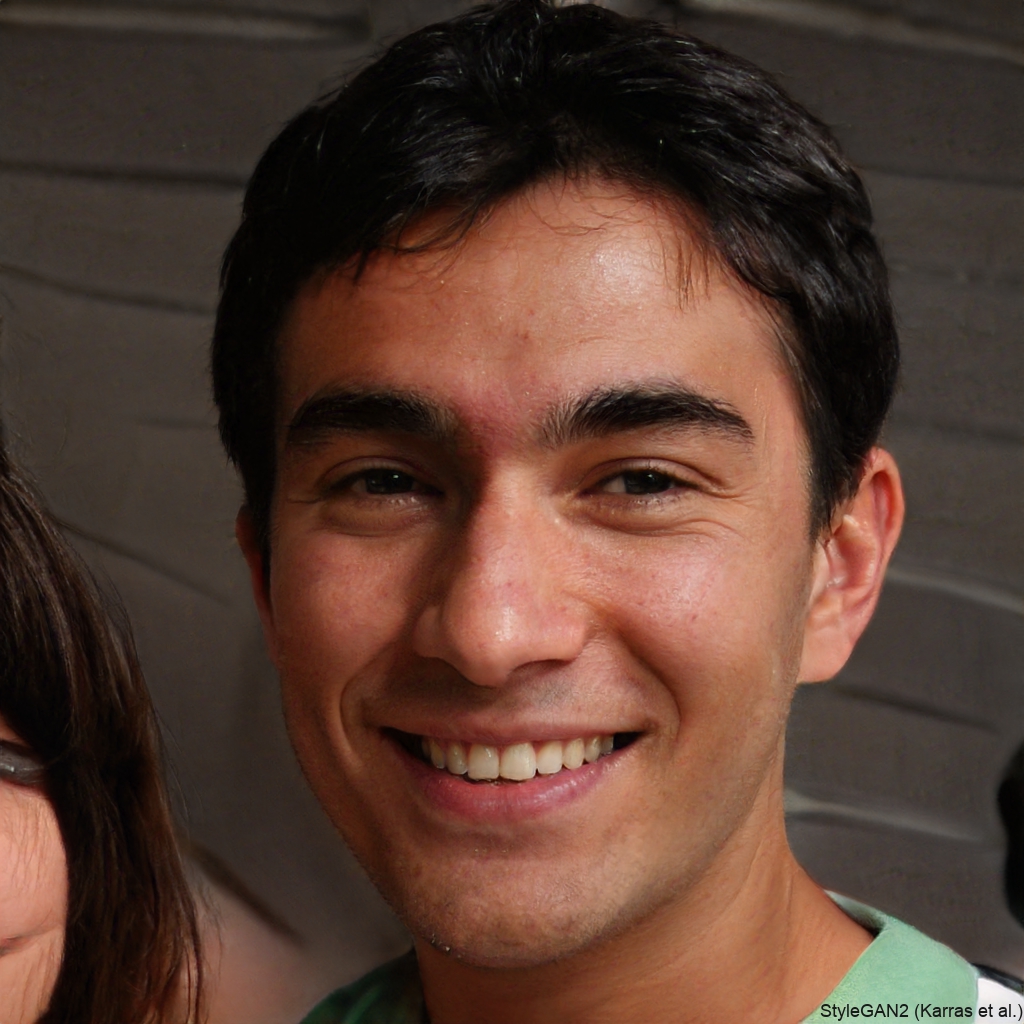In an unsettling discovery that challenges the conventional understanding of death and decomposition, recent research has found that human corpses continue to move post-mortem, with motions persisting for up to seventeen months after death. This phenomenon raises significant questions about the processes surrounding body decomposition and may have far-reaching implications in forensics, archaeology, and our perception of death itself.
Breakthrough Study on Post-Mortem Movement
The groundbreaking study conducted by Australian scientists at Central Queensland University (CQU) focused on monitoring the mobility of deceased human bodies in a controlled environment. Using time-lapse cameras set to capture images every 30 minutes over a period of several months, researchers observed that corpses continue to shift positions long after rigor mortis has subsided.
Surprising Observations Amid Decomposition Process
Contrary to popular belief that cadavers remain immobile following rigor mortis, the research showed that human bodies can display significant levels of movement and repositioning as they decompose. It was discovered that limbs undergo considerable adjustment, moving up to one meter away from their initial location over time. Furthermore, limbs extend outwards during advanced stages of decomposition, leading to major shifts in overall posture and positioning.
Potential Influencing Factors and Mechanisms
Although further investigation is needed to establish a comprehensive understanding of post-mortem movements, researchers have proposed a few hypotheses explaining this unanticipated occurrence. These potential factors include:
- Ligaments and tendons shrinking: As tissues dry out and contract after death, the tension created within ligaments and tendons could cause limbs to shift position gradually over time.
- Effects of insect activity: Insects are known to play a significant role in decomposition, and their feeding habits might influence the positioning and movement of body parts.
- Temperature fluctuations: Ambient temperature shifts may cause expansion and contraction of bodily tissues, which could lead to subtle mobility of limbs and other extremities.
A Natural Process Following Death
In spite of these possible explanations, researchers maintain that post-mortem movement is an entirely natural process. It is important to note that deceased bodies will not suddenly rise or perform any dramatic actions, as depicted in popular culture. Instead, this phenomenon involves slow and continuous adjustments throughout the course of decomposition.
Relevance and Applications of Findings
The discovery of corpses continuing to move after death carries considerable implications for various domains of expertise. Some notable applications may include:
Improving Forensic Science and Crime Scene Investigation
Post-mortem movements can potentially alter crime scene evidence and disturb the initial position of a body. This research can assist forensic experts in developing advanced methods to differentiate between intentional disturbances at crime scenes and naturally occurring post-mortem movement in order to reconstruct events accurately. Moreover, cognizance of such factors can contribute to improved techniques in determining time since death with greater precision.
Advancements in Archaeology and Historical Research
Awareness of corpse movement in the context of archaeological studies may help professionals better understand historical burial rituals and decipher findings from excavated gravesites. For instance, if bodies were intentionally laid in a specific manner during burial, post-mortem movements could result in changes from the original configuration within the gravesite. By considering the possibility of movement over time, archaeologists can obtain a clearer picture of past burial practices and regional cultural customs.
Implications on Ethics and Social Norms
The recent findings can also have implications on societal norms pertaining to the treatment of deceased individuals. The dynamic nature of body decomposition may prompt new discussions surrounding the ethics of post-mortem care, funeral practices, and the handling of corpses. Furthermore, this research invites us to reassess our traditional conceptualizations of death and appreciate the biological complexities associated with the process.
Future Research on Post-Mortem Movement
Given the preliminary nature of the study at CQU, there is ample scope for additional research and experimentation in the domain of post-mortem movement. One possible avenue for further exploration could involve examining the movements in bodies subjected to varying environmental conditions to determine the extent of their influence. Additionally, comparative studies involving animal carcasses might provide interesting insights into whether this phenomenon is uniquely related to human decomposition or extends to other species.

Allan is out in the field, at the heart of the action. Specializing in local reports and in-depth investigations, he has a knack for revealing the stories behind our city’s facades.
